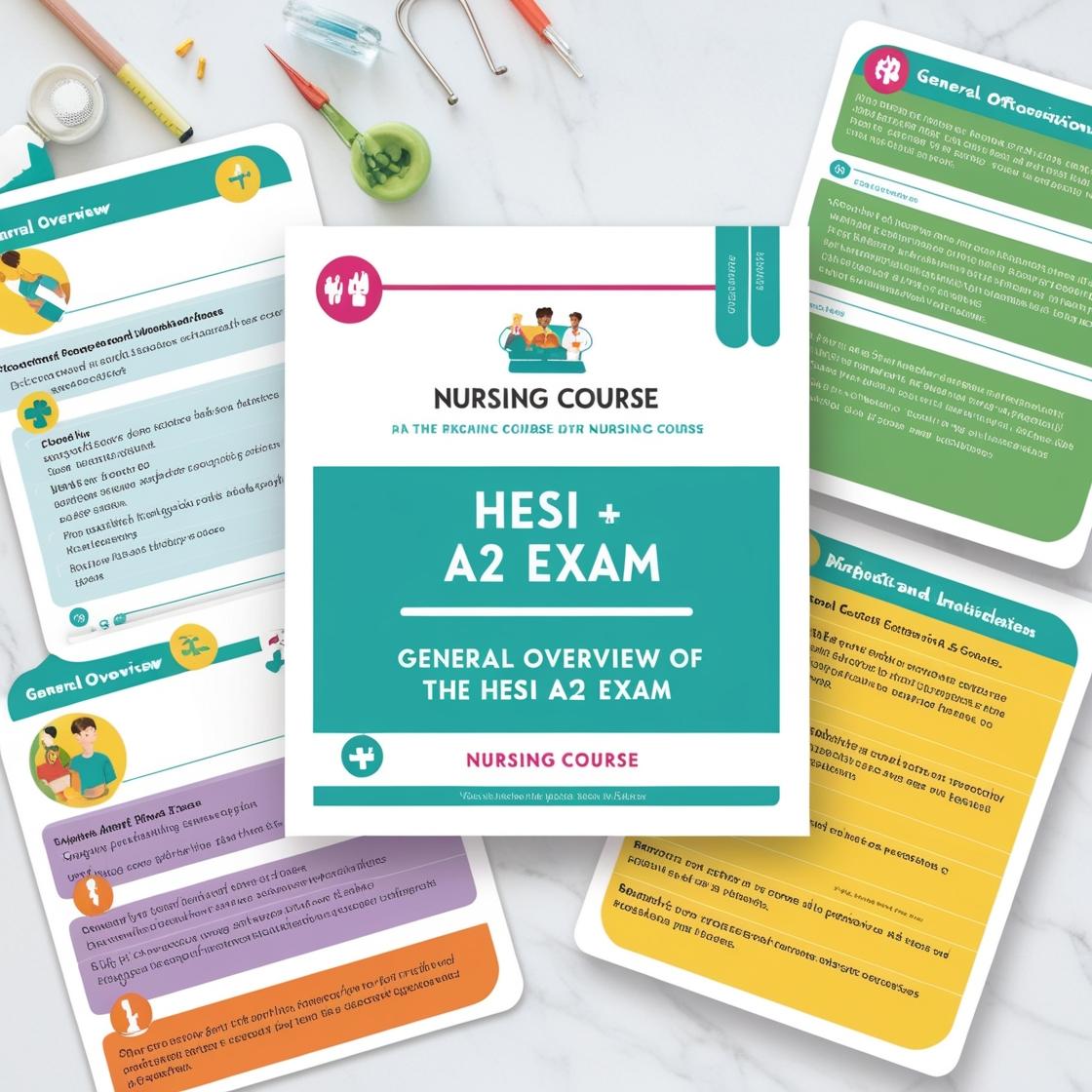HESI A2
HESI A2 Anatomy and Physiology Practice Exam
1. How does the skeletal system work with the nervous system?
- A. The bones transmit signals about body position to the brain.
- B. Pain nerves within bones notify the brain of injuries.
- C. The vertebrae of the spine protect the spinal cord.
- D. Bone marrow generates and houses nerve cells.
Correct answer: C
Rationale: The skeletal system collaborates with the nervous system by providing protection and support for critical nervous system components. The vertebrae of the spine play a crucial role in safeguarding the spinal cord, a key component of the nervous system responsible for transmitting messages between the brain and the body. Protecting the spinal cord is essential to prevent neurological complications. Choices A, B, and D are incorrect because while bones do play a role in body position and can sense pain, the primary focus of the skeletal system's interaction with the nervous system is to protect vital components like the spinal cord, rather than generating nerve cells.
2. Which hormone is produced by the pineal gland?
- A. Corticosteroid
- B. Oxytocin
- C. Prolactin
- D. Melatonin
Correct answer: D
Rationale: Melatonin is the hormone produced by the pineal gland. It plays a crucial role in regulating the sleep-wake cycle and is instrumental in maintaining the body's circadian rhythm. Melatonin production is triggered by darkness and inhibited by light, aiding in signaling the body when it is time to sleep. Corticosteroid, oxytocin, and prolactin are hormones produced by other glands in the body and are not associated with the pineal gland. Therefore, they are incorrect choices for this question.
3. Where is a gallstone most likely to cause pain?
- A. In the upper right quadrant of the abdomen
- B. In the lower right quadrant of the abdomen
- C. In the umbilical region
- D. Along the pelvic girdle
Correct answer: A
Rationale: A gallstone is most likely to cause pain in the upper right quadrant of the abdomen. This specific area corresponds to the location of the gallbladder. When a gallstone blocks the flow of bile from the gallbladder, it can lead to inflammation and pain in this region. The pain may also radiate to the back or right shoulder blade due to referred pain patterns associated with gallbladder issues. Choices B, C, and D are incorrect because gallstone pain is typically felt in the upper right quadrant of the abdomen, not the lower right quadrant, umbilical region, or along the pelvic girdle.
4. Which lobe of the brain controls speech production?
- A. Frontal lobe
- B. Parietal lobe
- C. Temporal lobe
- D. Occipital lobe
Correct answer: A
Rationale: The frontal lobe of the brain, specifically the left hemisphere in an area known as Broca's area, is responsible for controlling speech production. This region plays a vital role in speech formation and language expression. Damage to the frontal lobe, particularly Broca's area, can lead to language difficulties like expressive aphasia, a condition characterized by trouble speaking fluently. The parietal lobe is more involved in processing sensory information and spatial awareness. The temporal lobe is associated with memory, hearing, and language comprehension. The occipital lobe is primarily responsible for processing visual information.
5. The anterior chamber of the eye lies between the ___________.
- A. iris and lens
- B. lens and retina
- C. cornea and iris
- D. retina and optic nerve
Correct answer: A
Rationale: The anterior chamber of the eye is the fluid-filled space located between the cornea and the iris in the front part of the eye. It contains aqueous humor and helps maintain intraocular pressure. The space between the iris and the lens is known as the anterior chamber, making option A, 'iris and lens,' the correct choice. Options B, C, and D are incorrect because they do not describe the correct anatomical location of the anterior chamber.
Similar Questions

Access More Features
HESI A2 Basic
$89/ 30 days
- 3,000 Questions with answers
- 30 days access @ $89
HESI A2 Premium
$129.99/ 90 days
- Actual HESI A 2 Questions
- 3,000 questions with answers
- 90 days access @ $129.99
